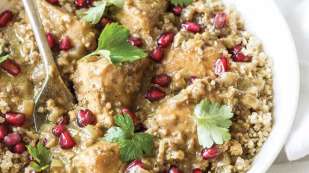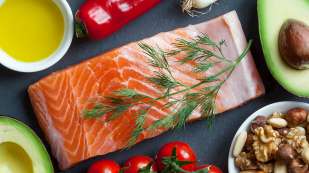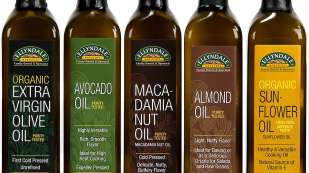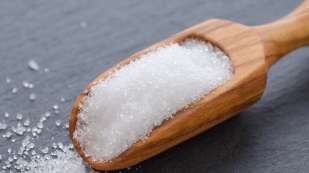Use coupon code MOISTURIZER with your purchase of $40 or more for a free†
Blemish Clear MoisturizerHow Our Brazil Nuts Are Harvested
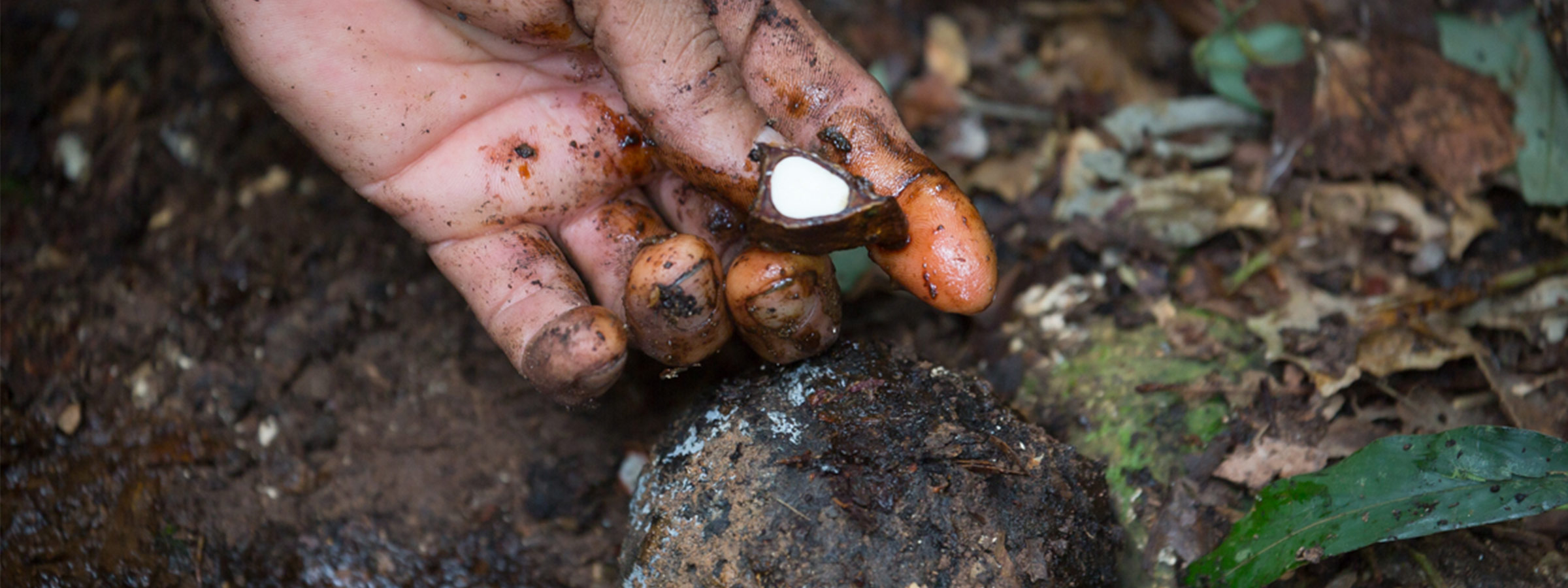
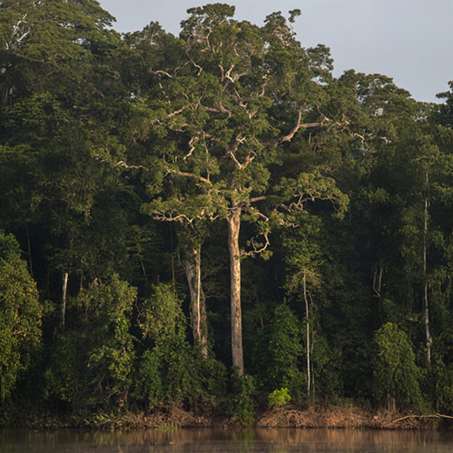
Are Brazil nuts actually from Brazil?
Amazon nuts (Bertholletia excelsa), also known as Brazil nuts, are the fruit of a tree species native to the higher elevations of the Amazon rainforest. They’re found principally in Peru, Bolivia and Brazil. Madre de Dios, where NOW gets its Brazil nuts, is the only region in Peru where concentrations of Amazon nut trees are large enough for the sustainable extraction of their fruits. These trees can grow up to 50 meters, making them one of the tallest tree species in the Amazon forest. They’re essential to the conservation of Amazon rainforests since they can only survive and produce in an unexploited jungle ecosystem.
Amazon nuts naturally regenerate thanks to the eating habits of a unique species of rodent, the South American agouti, which is able to break the hard shell that contains the nuts. Once they satisfy their hunger, these rodents bury the remaining seeds, which consequently germinate, preserving a continuous cycle of reproduction and natural regeneration.
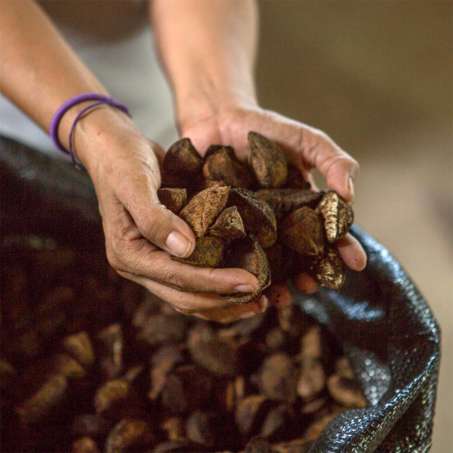
High Conservative Value
According to the Forest Stewardship Council (FSC), the Amazon nut forests belong to the category of forests with high conservation value (HCVF). They belong to this category because:
- They’re forest areas with significant concentrations of biodiversity value
- They’re home to rare ecosystems and species in danger of extinction
- They provide resources to the people who live around these areas (watershed protection, erosion control, etc.)
- They’re fundamental to meeting the basic needs of local communities
It is because of this unique ecosystem that the region of Madre de Dios has won the title of "National Capital of Biodiversity".
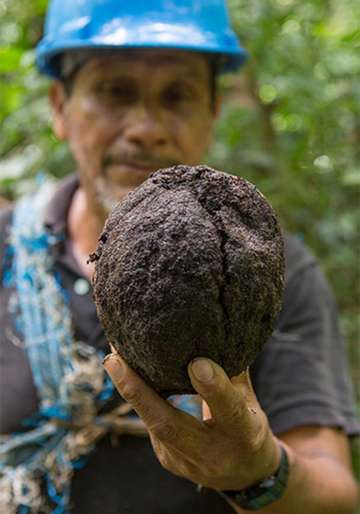
Growth and Harvest
The fruits of Amazon nut trees are round-shaped, coconut-like shells typically 10 to 15 centimeters in diameter, which grow nuts (seeds) wrapped in a hard, woody shell that’s not as thick as the outer shell. There are typically 18 to 20 nuts inside each coconut.
Between December and March, the fruits start to fall from the trees. Amazon nut gatherers (known as castañeros) move to the middle of the Amazon forest, where they build their camps and roam vast areas of jungle in search of Amazon nuts. Subsequently, they open them with a machete, and place the seeds in sacks and take them to the processing plants in nearby cities such as Puerto Maldonado, Peru, where the nuts are screened for quality, then peeled and dried.
Our Amazon nut gatherers are trained to promote sustainable and responsible use of forest resources. Thanks to this program, nearly 500 thousand acres of forest have been organic certified and are managed under Organic Standards.
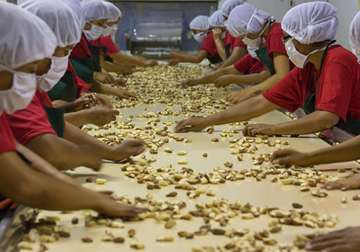
NOW Real Food® is proud to support the conservation of Amazon nut forests and their environmental and social value.







